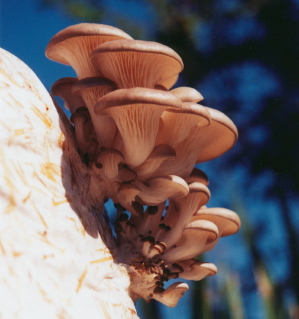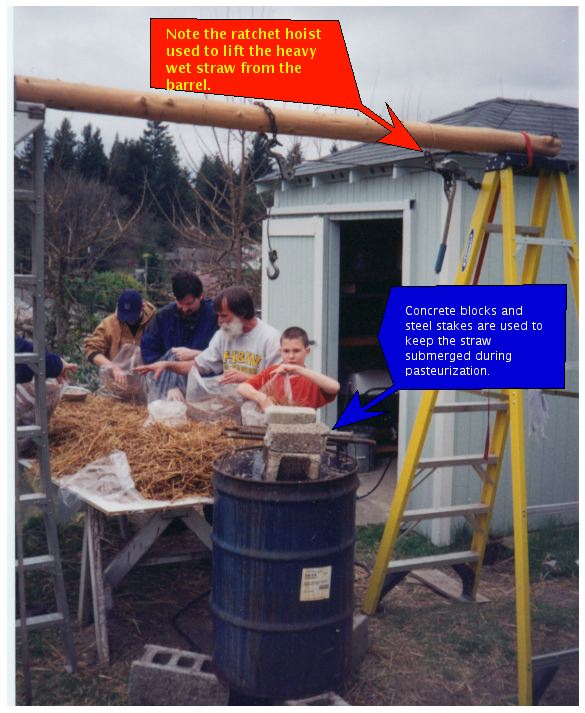

The blue capped oyster mushroom is the perfect choice for mushroom cultivation in cooler climates. It grows at temperatures from 50° to 70°. This mushroom grows well outdoors in the shade.



You can learn how to grow delicious, edible mushrooms at home. For information call: (360) 477-4228
You can learn more about the Kitsap Peninsula Mycological Society at their website.
You can contact KPMS by e-mail at:

Please include the words: "subscribe, cultivators' list" in the subject window.
This site created and maintained by Lowell Dietz. Mushroom cultivation is my hobby. I make my living doing carpentry in Sequim Washington. You may view my carpentry website at:http://www.dietzfarm.com/carpentry.